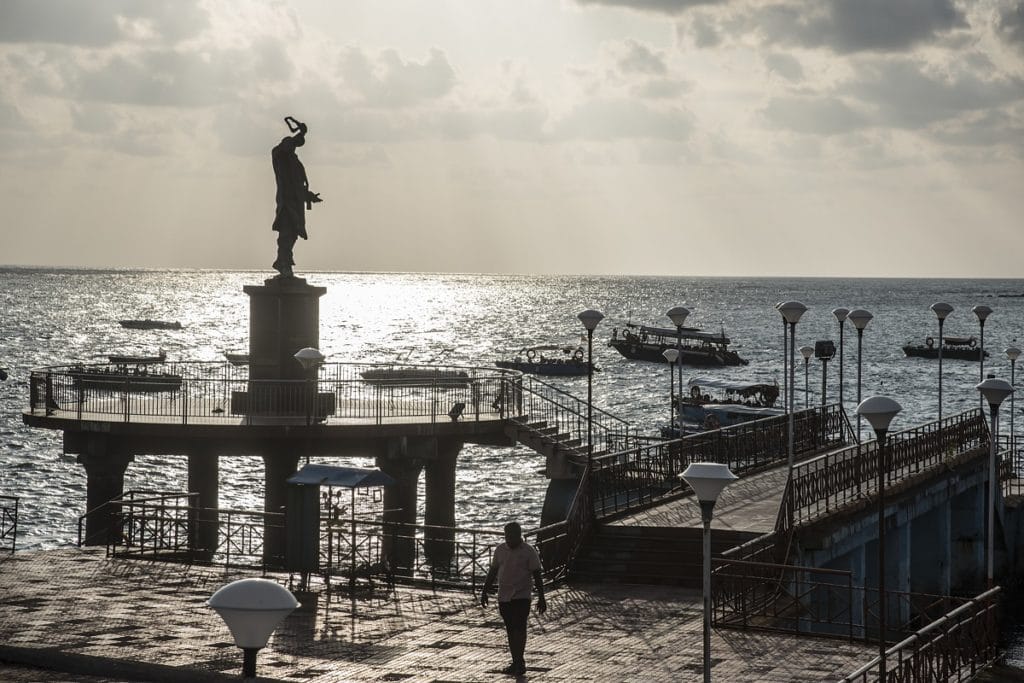The recent killing of an American missionary by members of an isolated tribe on a small island in the Indian Ocean has reignited questions about the fate of the last few groups of people living off the grid.
In an era when people across the globe are hyperconnected by technology and increasingly interlocked economies, the survival of a few dozen groups of hunter-gatherers living in complete isolation may seem extraordinary. But experts say they may not survive undisturbed for much longer.
Because most of these groups are small and highly vulnerable, anthropologists and indigenous activists have been debating whether it makes more sense to leave them alone — or try to establish contact with them to offer basic medical care, such as vaccines. Here are some basic facts about the world’s remaining isolated tribes.
How many are there, and where?
Anthropologists and activists who study the issue say it’s hard to know for certain. But based on satellite images and field research, experts believe there are more than 100 communities living in isolation.
The vast majority of groups live in the Amazon basin in areas that straddle Brazil and Peru. The only relatively large community outside of South America belongs to the Sentinelese, who live on North Sentinel Island. It is nominally part of India, but technically a sovereign territory.
That is where John Allen Chau, the American, was killed on a mission to convert the local residents to Christianity.
The Sentinelese have responded violently to past incursions by outsiders, which has led the Indian government to maintain a “no-contact” policy.
Why do these communities chose to remain isolated?
Based on accounts from people who have ceased living in isolation, and those who have had fleeting contact with these societies, experts say members of these communities are fearful that contact with outsiders would bring disease and mistreatment. Native communities in the Amazon were ravaged when European settlers began colonizing the Americas in the 1500s and later in the 1800s when rubber trappers flooded the region.
“Many tribes in the frontier region of Brazil and Peru are probably survivors of the rubber boom who witnessed the enslavement and atrocities against indigenous peoples and fled to the headwaters of the Amazon to evade capture,” said Jonathan Mazower, an expert on isolated communities at Survival, a London-based organization that advocates greater protection for the groups.
“The historical memory of this era is likely to have been passed down to the current generation,” he said.
Are these communities endangered?
Loggers, miners, cattle ranchers and drug traffickers have encroached on the territories of these groups, exposing them to violence and disease.
Anthropologists at the University of Missouri who study the size and resilience of these groups, based on satellite images and photos shot from aircraft, classify the ones they track as either “vulnerable” or “critical.”
Brazilian prosecutors last year investigated reports of a massacre of uncontacted tribesmen by gold miners.
The country’s incoming president, Jair Bolsonaro, has said he wants to do away with protected indigenous lands, which are safeguarded by Brazil’s Constitution, arguing that indigenous people should no longer be treated as if they live in zoos.
Is there a safe, ethical way to contact and support indigenous people?
Anthropologists and activists for isolated tribes have long wrestled with that question.
Robert Walker and Kim Hill, two prominent anthropologists who study isolated societies, argued in an essay published in 2015 that it was time to reconsider the no-contact policy that governments like Brazil and Peru have maintained in recent years.
“Unless protection efforts against external threats and accidental encounters are drastically increased, the chances that these tribes will survive are slim,” Walker and Hill wrote in the essay, published in the magazine Science. “Disease epidemics, compounded by demographic variability and inbreeding effects, makes the disappearance of small, isolated groups very probable in the near future.”
Survival disagrees, and instead calls on governments to redouble efforts to keep outsiders from the territories where these communities live.
“These uncontacted peoples make a judgment that they are better off remaining uncontacted and independent, fending for themselves,” Mazower said. “Where their lands are protected and their right to remain uncontacted is upheld, they live healthy lives and are totally self-sufficient.”
c.2018 New York Times News Service
